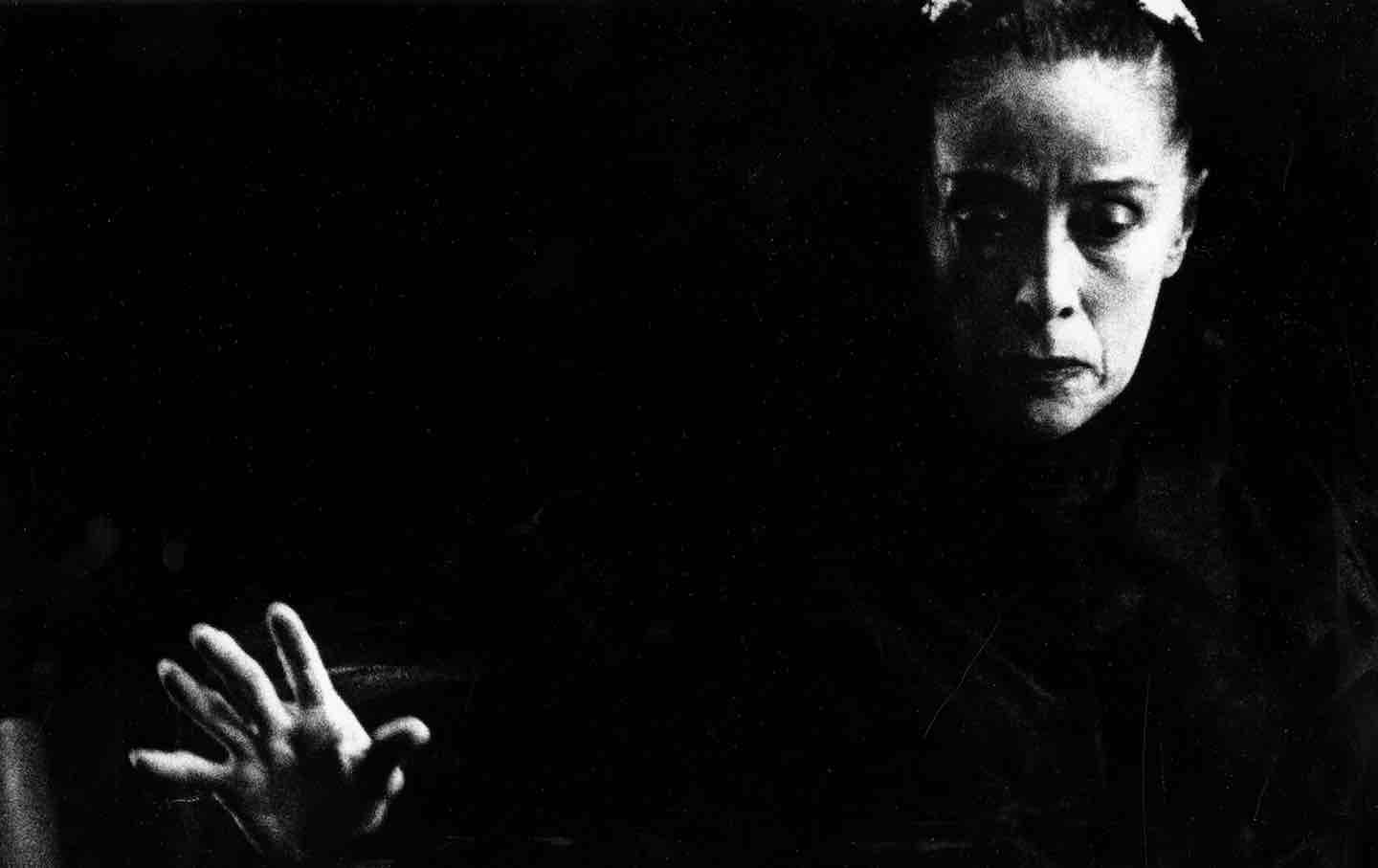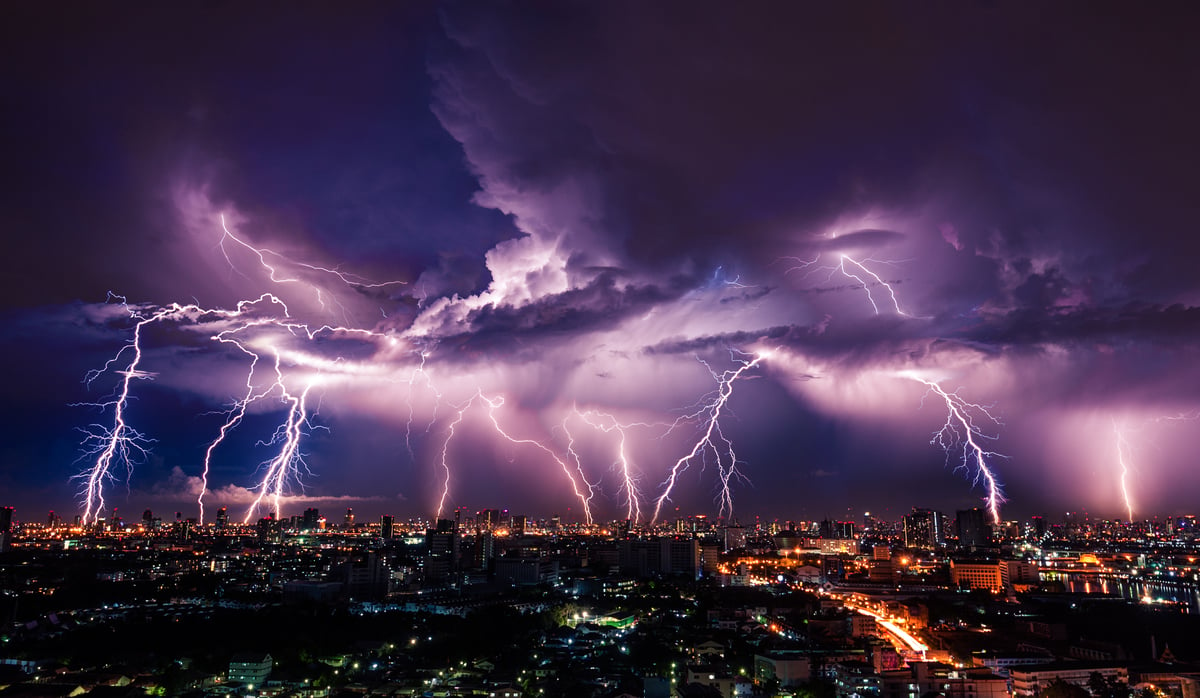
The goldenrod, Kentucky's state flower, is a vibrant symbol of the state's natural beauty and rich biodiversity. This perennial plant, known for its striking yellow blooms, thrives in Kentucky's diverse landscapes, from rolling hills to lush forests. As a prominent fixture in the state's flora, the goldenrod holds cultural and ecological significance, attracting pollinators and adding a burst of color to the countryside.
In this article, we'll delve into 19 fascinating facts about the Kentucky state flower, shedding light on its characteristics, historical relevance, and ecological importance. From its distinctive appearance to its role in local ecosystems, the goldenrod embodies the spirit of Kentucky's natural heritage. Join us as we explore the allure and allure of this iconic flower, uncovering the secrets that make it a cherished emblem of the Bluegrass State.
Key Takeaways:
- Kentucky’s state flower, the goldenrod, symbolizes the natural beauty and resilience of the Bluegrass State, attracting pollinators and serving as a source of natural dye and medicinal uses.
- Goldenrod’s vibrant blooms inspire art and folklore, contribute to sustainable practices, and symbolize unity in Kentucky’s diverse cultural heritage, making it a cherished emblem of the state’s natural splendor.
Kentucky State Flower: Goldenrod
Goldenrod, the official state flower of Kentucky, is a vibrant and versatile plant that holds a special place in the hearts of Kentuckians. Let's delve into 19 fascinating facts about this beloved botanical emblem.
Goldenrod is a Symbol of Kentucky's Natural Beauty
Goldenrod, with its striking golden blooms, symbolizes the natural beauty and resilience of the Bluegrass State. Its presence in Kentucky's fields and meadows adds a touch of warmth and color to the landscape.
It's a Late-Summer Bloomer
Goldenrod typically blooms from late summer to early fall, gracing Kentucky's countryside with its radiant yellow flowers during this time of the year.
Goldenrod is Part of the Aster Family
Belonging to the Asteraceae family, goldenrod is closely related to sunflowers, daisies, and asters, showcasing the rich diversity of Kentucky's floral heritage.
It's a Pollinator Magnet
The nectar-rich blooms of goldenrod attract a myriad of pollinators, including bees, butterflies, and other beneficial insects, contributing to the ecological balance in Kentucky's ecosystems.
Goldenrod's Medicinal Uses
Historically, Native American tribes and early settlers utilized goldenrod for its medicinal properties, employing it to alleviate various ailments such as colds, flu, and inflammation.
A Versatile Plant in Traditional Medicine
Goldenrod has been used in traditional herbal medicine for its diuretic and anti-inflammatory properties, offering a natural remedy for urinary tract issues and joint discomfort.
Kentucky's Efforts in Conservation
Kentucky has actively promoted the conservation of goldenrod and its natural habitats, recognizing the importance of preserving this indigenous plant species for future generations.
Goldenrod's Role in Landscaping
Beyond its wild habitats, goldenrod has found a place in landscaping, adorning gardens and public spaces with its cheerful blooms and contributing to the state's horticultural charm.
A Source of Natural Dye
The vibrant yellow hue of goldenrod flowers has been historically used as a natural dye, showcasing the plant's cultural significance in traditional crafts and textile arts.
Goldenrod's Ecological Importance
As a native plant species, goldenrod plays a crucial role in Kentucky's ecosystems, providing food and shelter for wildlife while enhancing the overall biodiversity of the region.
Goldenrod's Resilience
Thriving in diverse soil conditions and exhibiting resilience in the face of environmental challenges, goldenrod embodies the enduring spirit of Kentucky's natural landscapes.
A Subject of Artistic Inspiration
The captivating beauty of goldenrod has inspired numerous artists, photographers, and writers, who have sought to capture its essence in various forms of creative expression.
Goldenrod's Role in Folklore
In local folklore, goldenrod is often associated with themes of prosperity, good fortune, and positive energy, reflecting its enduring significance in Kentucky's cultural narratives.
A Popular Subject for Botanical Studies
Botanists and nature enthusiasts are drawn to the intricate details of goldenrod's blooms, leaves, and growth patterns, contributing to a deeper understanding of Kentucky's floral diversity.
Goldenrod in Educational Initiatives
Educational programs and botanical gardens in Kentucky often feature goldenrod as a focal point, highlighting its ecological importance and cultural relevance to the state's residents.
Goldenrod's Contribution to Sustainable Practices
The resilience and adaptability of goldenrod make it a valuable component of sustainable landscaping and conservation efforts, aligning with Kentucky's commitment to environmental stewardship.
Goldenrod's Role in Community Festivities
In various community events and festivals across Kentucky, goldenrod takes center stage, symbolizing unity and the vibrant spirit of the state's diverse cultural heritage.
Goldenrod as a State Symbol
As the official state flower of Kentucky, goldenrod embodies the enduring natural beauty and rich botanical heritage that define the essence of the Bluegrass State.
Goldenrod, with its radiant blooms and cultural significance, continues to be a cherished emblem of Kentucky's natural splendor, weaving its golden threads into the tapestry of the state's identity.
Conclusion
In conclusion, the goldenrod stands as a symbol of Kentucky's natural beauty and resilience. Its vibrant blooms not only adorn the state's landscapes but also provide essential nourishment for various pollinators. The goldenrod's rich history and diverse uses further underscore its significance as the state flower. By embracing this resilient and versatile plant, Kentuckians honor their heritage and the remarkable biodiversity that thrives within the state. As we celebrate the goldenrod's beauty, let us also recognize the importance of preserving and appreciating the natural wonders that make Kentucky truly special.
FAQs
What is the significance of the goldenrod as Kentucky's state flower?The goldenrod was designated as Kentucky's state flower in 1926 due to its abundance throughout the state and its symbolic representation of Kentucky's natural beauty and resilience.
Is the goldenrod only found in Kentucky?No, the goldenrod is found throughout North America, with over 100 species thriving in various habitats across the continent.
Was this page helpful?
Our commitment to delivering trustworthy and engaging content is at the heart of what we do. Each fact on our site is contributed by real users like you, bringing a wealth of diverse insights and information. To ensure the highest standards of accuracy and reliability, our dedicated editors meticulously review each submission. This process guarantees that the facts we share are not only fascinating but also credible. Trust in our commitment to quality and authenticity as you explore and learn with us.


